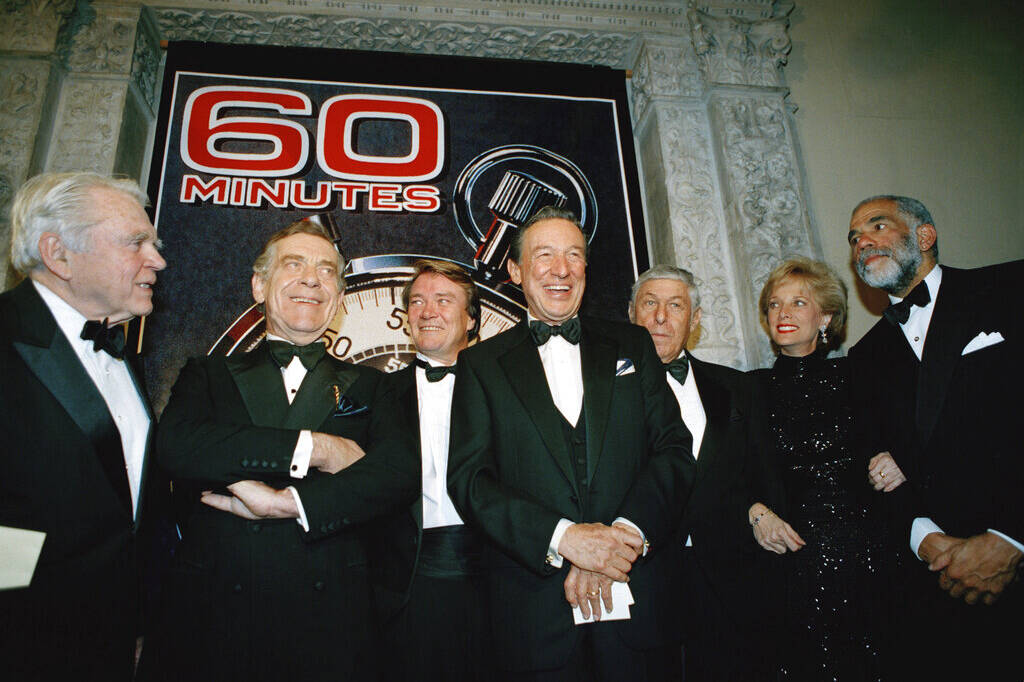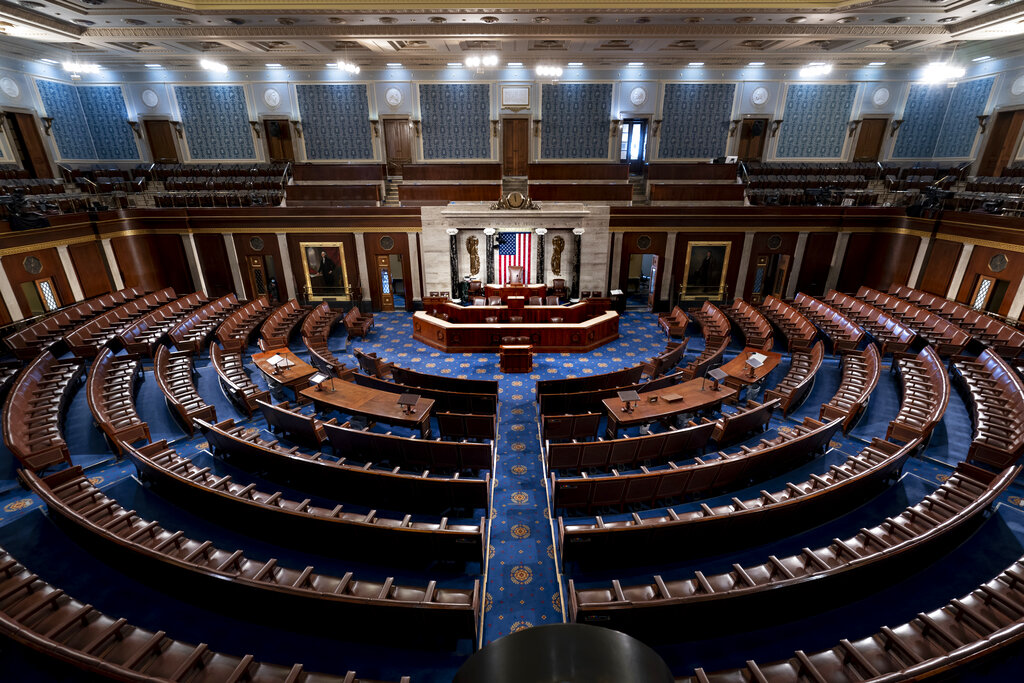New data shows the cost is being split – but not evenly
President Trump has set August 1st as the deadline for “reciprocal tariff” policy to kick in. Unless foreign governments cut trade deals before then, stuff imported from their countries to the U.S. could be taxed up to 50%.
How would that affect American businesses and consumers?
It depends on who you ask.
Conventional Wisdom
Economists usually say American consumers are the ones who foot the bill for tariffs.
While the American business that imports a foreign good is technically the one that pays the tax to the U.S. government, economists say that businesses typically raise their prices to get that money back from consumers.
In other words, if Old Navy had to pay a $5 tariff to import a t-shirt they normally sell for $10, then they’d charge $15 for the shirt. Ultimately, the American customer would be the one spending the extra $5 brought on by the tariff.
Make Them Pay
President Trump and other tariff supporters claim that foreign countries pay the tariffs.
In his 2025 inaugural address, the President declared, “Instead of taxing our citizens to enrich other countries, we will tariff and tax foreign countries to enrich our citizens.”
And back in 2019, President Trump told the audience at a campaign rally, “You’re not paying for those tariffs. China’s paying for those tariffs.”
The Truth
Recent projections from Goldman Sachs, as well as surveys of businesses conducted by the Federal Reserve, suggest the truth lies somewhere in the middle.

Analysts at Goldman Sachs looked at companies’ quarterly earnings releases, inventory levels, and consumer price trends to see how the economy has absorbed the new tariffs imposed this year.
Instead of finding that the cost falls entirely on American consumers or entirely on other countries, they found a mix: a little more than two-thirds of the cost was paid by consumers, while the rest was “eaten” by the business sector. That means foreign and domestic companies each took a little bit less in profits.

The Goldman Sachs report also includes data from the Federal Reserve’s regional business surveys. These surveys ask American firms about changes in prices, wages, orders, and overall business conditions so the Fed can gauge how businesses are handling tariff cost shocks.
The Federal Reserve surveys found that less than half of the extra tariff costs this year have been passed on to American consumers. American businesses have “eaten” about 40%, and foreign countries are taking on the remainder.
Goldman Sachs’ report warned that this is all preliminary data, so it could be too early to draw any definitive conclusions. The most drastic tariffs don’t kick in until at least August 1st, and it could take several months for the economic effects to fully play out – for better or worse.
But for now, Americans, our businesses, and foreign countries are all paying a portion of the new tariff costs.
Related
Peyton Lofton
Peyton Lofton is Senior Policy Analyst at No Labels and has spent his career writing for the common sense majority. His work has appeared in the Washington Examiner, RealClearPolicy, and the South Florida Sun Sentinel. Peyton holds a degree in political science from Tulane University.





You must be logged in to post a comment.